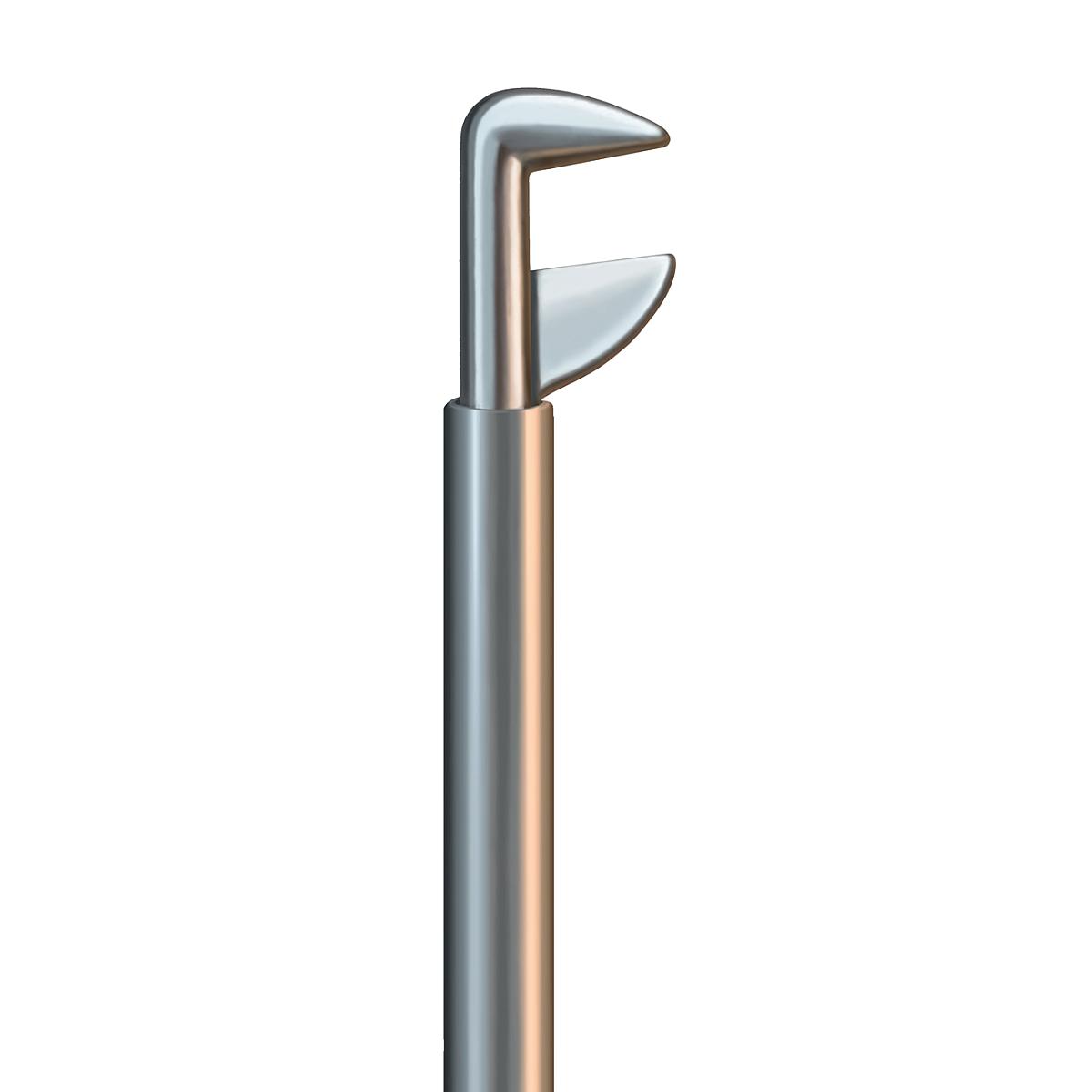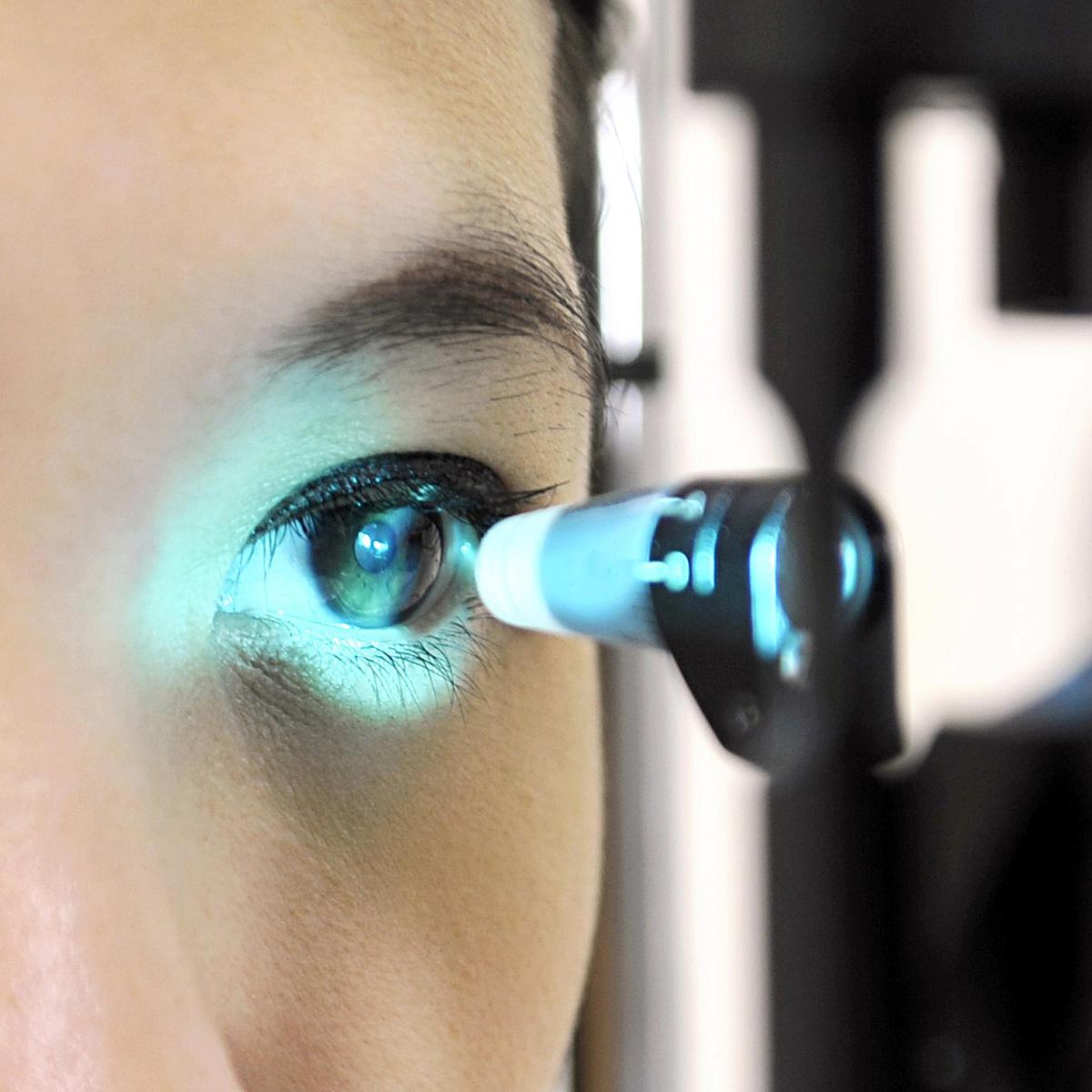Initiative Objectives
This initiative conducts research to produce new therapies that can protect or regenerate the optic nerve as it is damaged by glaucoma. The therapeutic approach, known as neuroprotection, includes Moran researchers making exciting discoveries.

Research Collaborations
Crandall Center Associate Director pf Science David Krizaj, PhD, pictured at left, has translated more than a decade of painstaking laboratory research into a potential new treatment for glaucoma that could lower high intraocular fluid pressure and offer neuroprotection.
Krizaj's lab studies precisely how the eye’s drainage system, a muscular tissue called the trabecular meshwork, senses pressure to regulate the flow of fluid out of the eye. His search led him to a target: Transient Receptor Potential Vanilloid 4 (TRPV4), an ion channel that can sense tiny changes in pressure and translate them into cellular responses.
Krizaj determined that inhibiting TRPV4 tells the trabecular meshwork to increase fluid outflow, lowering IOP. It also appears to be neuroprotective by reducing the damage that optic nerve retinal ganglion cells experience from high pressure.
Collaborating with the University of Utah’s Department of Organic Chemistry, Krizaj developed an eye drop medication ready for clinical trials.



